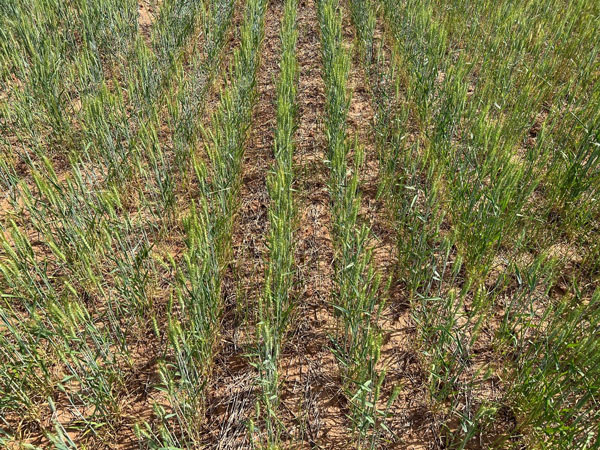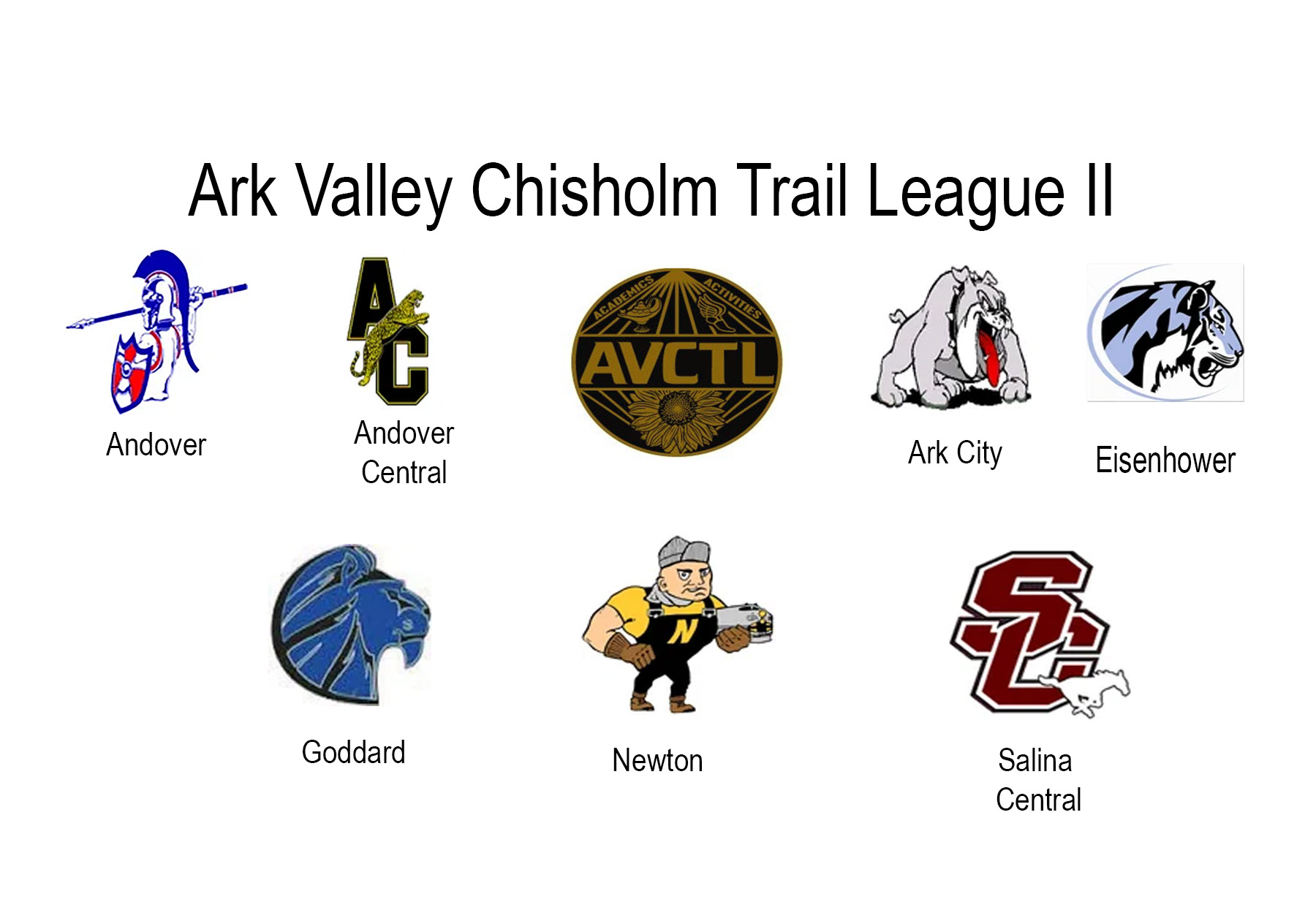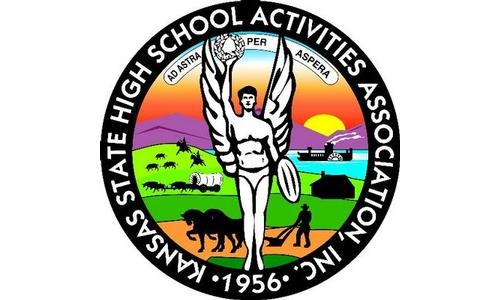As producers prepare to harvest short wheat and thin stands, K-State cropping specialists recently detailed their recommendations for adjusting combines and operator control in a recent Agronomy eUpdate.
“In short wheat, getting the heads into the combine with less straw will be a challenge,” the authors wrote. “In some cases, the reel may not be able to convey the wheat back from the cutter bar to the auger, nor hold it in place during cutting.”
“Short-cutting will also mean more contact potential with the ground and reduced levels of surface residue, which will likely negatively impact moisture storage.”
To address these issues, the cropping specialists provided specific recommendations for the different types of headers used for harvesting.
- Stripper headers can help maximize the amount of standing residue left in the field while also capturing thin stands. Combine operators should pay close attention to stripping rotor height and the relative position of the hood to the rotor, while also keeping ground speeds high (above 4 mph) to maintain collection efficiency and minimize header losses.
- When using an air reel, the operator needs to control cutting height, but this type of header will aid in conveying material from the cutter bar to the auger in reel-type units when crops are light or thin.
- Draper headers also help convey material since they have a very short distance between the cutterbar and the conveyance belt. Operators can also tip the cutterbar completely back to aid in keeping harvested material moving across the cutterbar and onto the belt, while also keeping some stubble standing.
- Flex heads also help operators deal with lower cutting heights and potential ground strikes, but on headers with finger reels, short-cut wheat may pass between the fingers rather than being swept backward.
- Producers can also make mechanical adjustments to conventional headers to get the best movement of heads from the cutterbar to the auger and prevent wheat heads from being flipped out of the header from the top of the auger.
Regardless of the type of header, producers should consider adjusting combines for concave/rotor cage clearance, cylinder/rotor speed and fan speed. These adjustments help reduce grain losses from leaving wheat in the field and threshing damage within the combine. Producers should also perform kill-stops during harvest to make mid-harvest adjustments.
Overall, harvesting short, thin wheat is challenging, but producers can influence the amount of wheat successfully deposited in the bin. Perhaps equally as important during this prolonged drought, leaving the maximum amount of the already-short residue in the field can help reduce post-harvest water evaporation, aid in the retention of snow next winter and improve next year’s yields.
“Although this will be a rough wheat harvest for many farmers, some changes can be made to help harvest efficiencies,” the specialists wrote. “Producers in dryland production systems need to keep in mind that in very low-yielding wheat years, anything that can be done to preserve what little crop residue is present will have a large impact on evaporative losses and the productivity of the next crop.”
The eUpdate was authored by Lucas Haag, K-State Northwest area crops and soils specialist, Ajay Sharda, K-State extension biological and agricultural engineer, John Holman, K-State cropping systems agronomist in Garden City, and Romulo Lollato, K-State wheat and forages specialist.
Read the full K-State Agronomy eUpdate from June 1, 2023 at https://eupdate.agronomy.ksu.edu/article_new/considerations-when-harvesting-short-wheat-547-1



